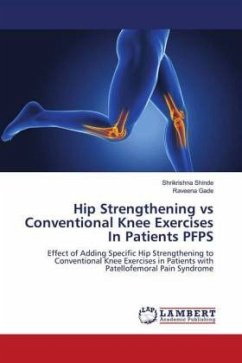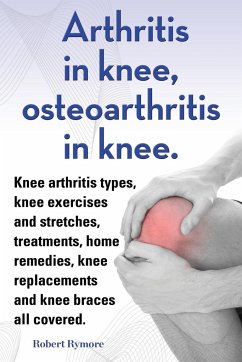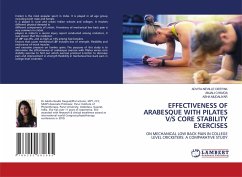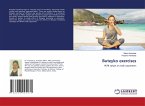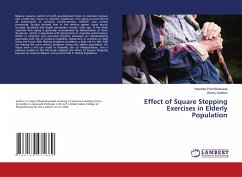People with PFPS as compared to those without PFPS showed weak hip abductors, knee flexors and knee extensors strength as well as lower vertical ground reaction forces, knee extension and hip external rotation moment. So the purpose of this study was to compare specific hip strengthening Vs conventional exercises in patients with PFPS.28 subjects were randomly allocated into two Groups. Group A and Group B with 14 subjects in each group. Analysis of the data was done for NPRS, AKPS and MMT. There was an increase in MMT (P0.0001) and AKPS (P0.0001) in both groups. But NPRS (P=0.0143) showed greater improvement in group B compared to group A.Conventional knee exercises and hip strengthening exercises are equally effective in improving function and quality of life but hip strengthening exercises are more effective in reducing pain in patients with patellofemoral pain syndrome.

